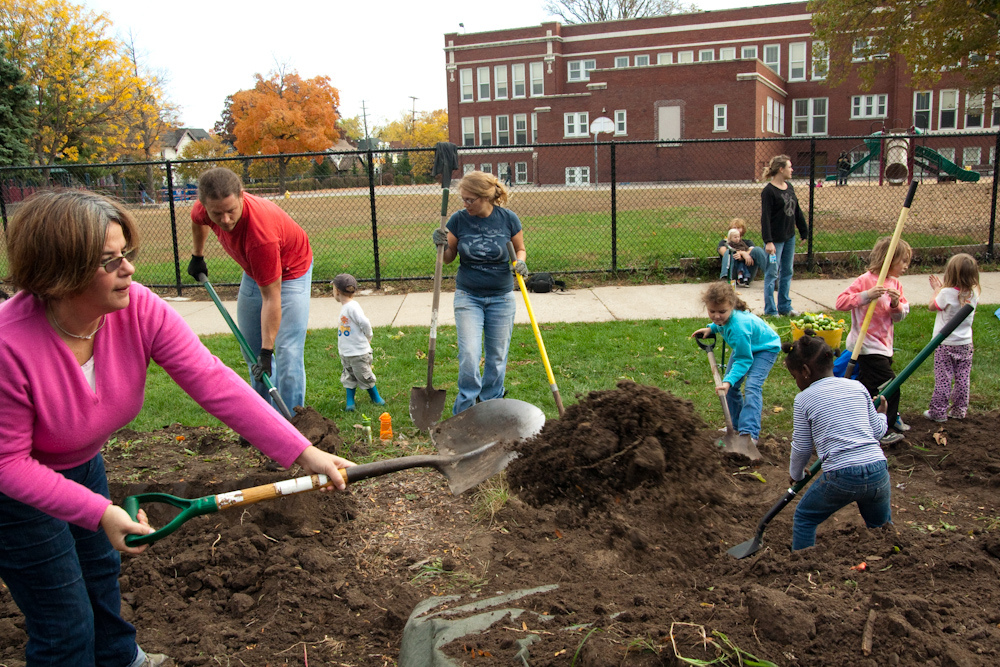According to the statistics, school gardens are NOT too cool for school, as a Florida Department of Agriculture and Consumer Services (FDACS) review counts about 1,300 school gardens growing in The Sunshine State alone. A recent study by Karla Shelnutt, a University of Florida Institute of Food and Agricultural Sciences Extension nutrition specialist and Associate Professor in the Department of Family, Youth and Community Sciences and Kohrine Counts, a dietetics intern and master’s student at UF/IFAS, showed that Florida’s school gardens are helping to put ag in the classroom and fresh produce into the students’ diets. As an added bonus, school gardens have a whole host of additional benefits for all those involved.
Education Benefits of Gardens and Ag in the Classroom
Any teacher will tell you that hands-on interactive activities—where students are actually doing something—always beat reading about a topic, watching a video, hearing about the top or any other passive instructional method, when it comes to student learning. Hands-on learning is why ag in the classroom is usually so successful. When students plant seeds, measure vegetal growth, fight pests and harvest a crop, they are really learning about innumerable topics such as the life cycle of plants, the importance of pollinators and so much more.
Students also get a better understanding of agriculture and what it takes to grow and harvest foods as a farmer, especially for urban students who are far removed from agriculture and country settings. Seeing ag in the classroom may be one of the few ways that city kids can experience agriculture. Furthermore, teachers can also use the garden as a vehicle for teaching other subjects, such as math. The engagement that the students experience with the garden can carry over into other subjects. Lastly, it’s also a way that all students—even those with learning disabilities, language barriers or other issues—can experience success in a school setting.
Health Benefits of Gardens and Ag in the Classroom
School gardens also have a multitude of health benefits as well. It’s most likely that the produce raised in a school garden is consumed by the students, either in the classroom or in the cafeteria; this helps students to get fruits and vegetables in their diets. The novelty of produce grown in a garden also increases the likelihood that kids will try new types of fruits and vegetables that they may not be exposed to—or that they would refuse to try—at home.
No matter which way you slice it, school gardens and ag in the classroom is a valuable harvest for all.



